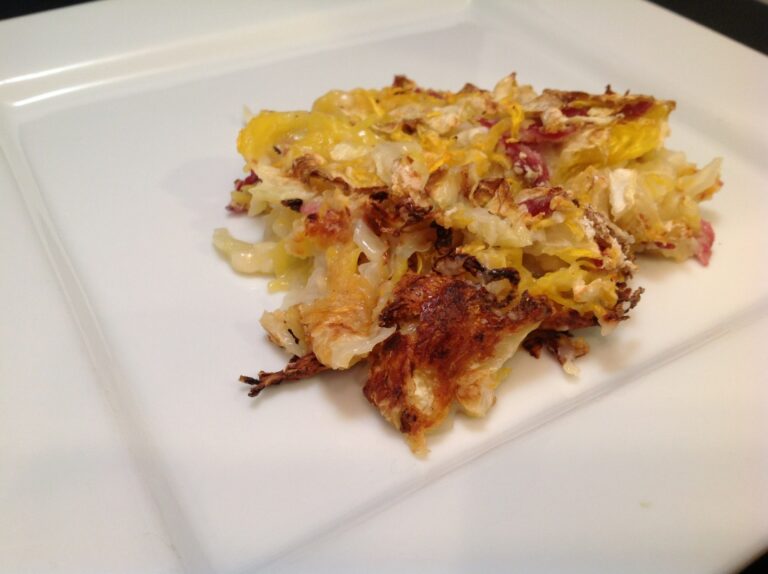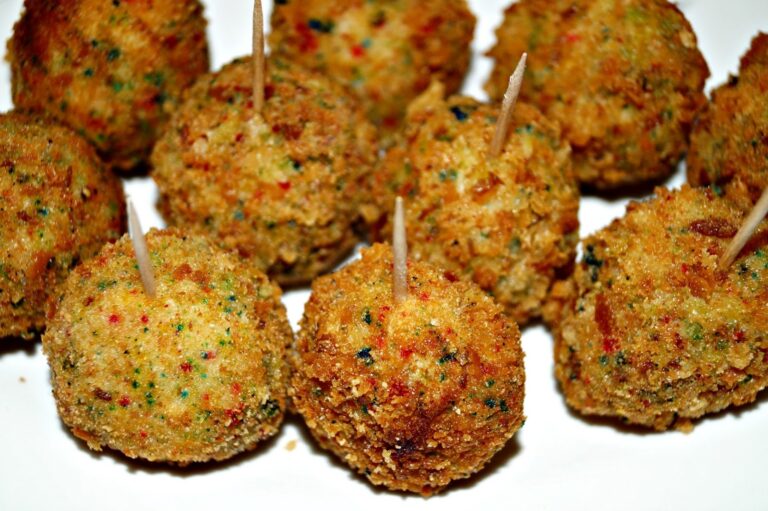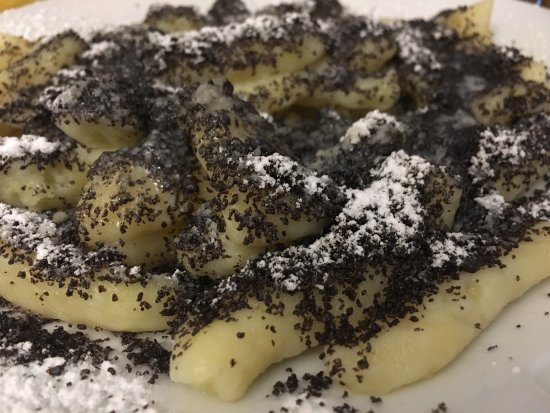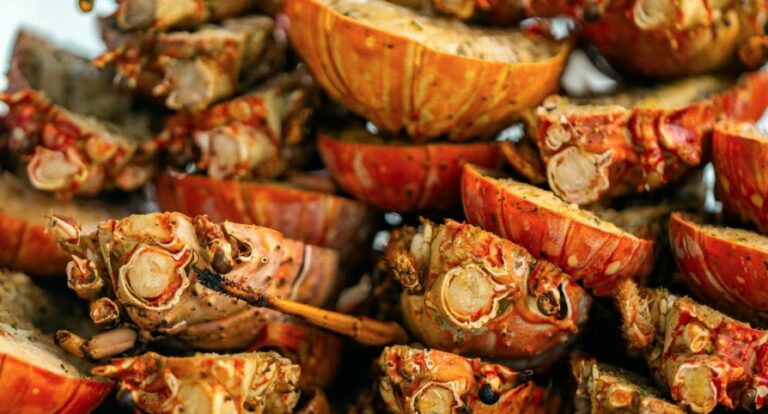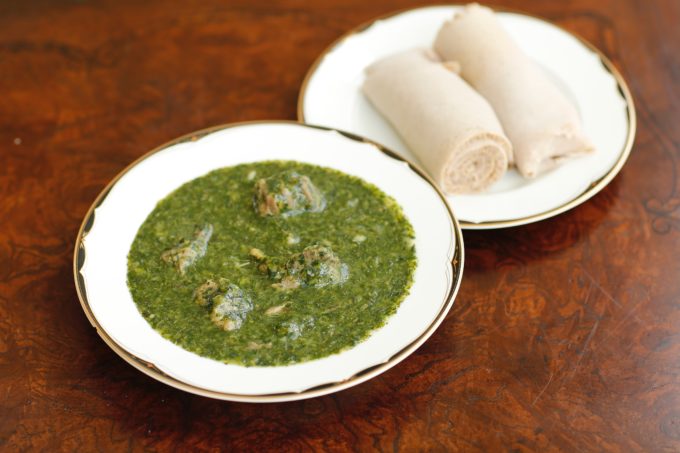Introduction: Traditional Food Preservation in Kiribati
Traditional food preservation techniques have been an integral part of Kiribati’s culture for centuries. The island nation, situated in the central Pacific Ocean, has limited resources and relies heavily on fishing and agriculture. Thus, food preservation techniques have become crucial to ensure a steady supply of food throughout the year. The local people have developed several traditional preservation methods that have been passed down from generation to generation.
Sun-Drying: A Common Method of Food Preservation
Sun-drying is a popular method of food preservation in Kiribati. The hot and sunny weather in the region makes it easier to dry various food items, including fish, fruits, and vegetables. The process involves placing the food in direct sunlight and allowing it to dry naturally. This method is commonly used to preserve fish, which is a vital source of protein in the local diet. The sun-dried fish can be stored for several months and is a common ingredient in many traditional dishes.
Smoking: Another Popular Method of Preserving Food
Smoking is another popular preservation method in Kiribati. The process involves exposing the food to smoke, which helps to preserve it by killing bacteria and microorganisms. The local people use a special type of wood to create smoke, which adds a unique smoky flavor to the food. Smoking is commonly used to preserve fish and meat, which are primary sources of protein in the local diet. The smoked fish and meat can be stored for extended periods and are used in many traditional dishes.
Fermentation: Preserving Foods Through Natural Methods
Fermentation is a natural method of preserving food that involves using microorganisms to break down the food’s natural sugars. The process produces lactic acid, which helps to preserve the food and gives it a tangy flavor. The local people use fermentation to preserve a variety of foods, including vegetables, fruits, and fish. Fermented fish, known as “tebuki,” is a popular delicacy in Kiribati and is often served with coconut cream.
Salt-Curing: A Time-Tested Preservation Technique
Salt-curing is a time-tested preservation technique that has been used in Kiribati for centuries. The process involves coating the food with salt, which helps to draw out moisture and prevent the growth of bacteria. The salted food is then stored in a cool, dry place and can be preserved for several months. The local people use salt-curing to preserve fish and meat, which are staple foods in the local diet.
Underground Pits: A Unique Way to Preserve Food in Kiribati
The local people in Kiribati also use underground pits to preserve food. The pits are dug deep into the ground, and the food is placed inside and covered with banana leaves and soil. The food is then left to cook slowly for several hours, which helps to preserve it and gives it a unique smoky flavor. This method is commonly used to preserve pig, which is a popular food item during special occasions and ceremonies. The preserved pig is often served with traditional dishes, including coconut cream and taro.

